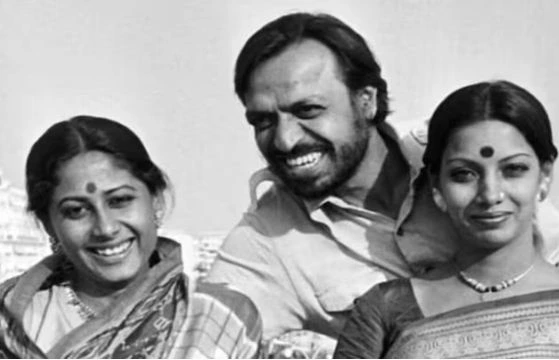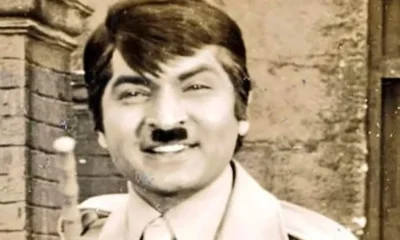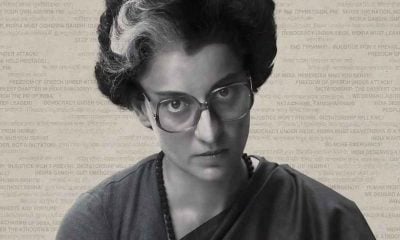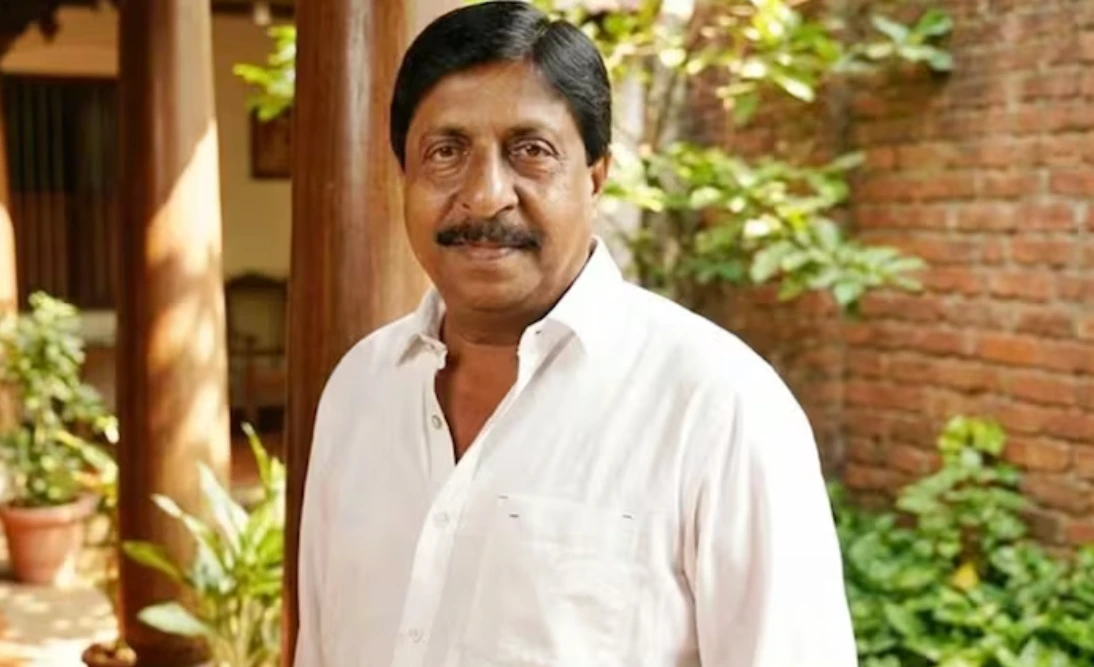Shyam Benegal, the legendary filmmaker who revolutionized Indian cinema, has died at the age of 90. Known for his trailblazing contributions to parallel cinema, Benegal’s death marks the end of an era that redefined Indian filmmaking. His legacy, built on realism, social commentary, and a break from conventional narratives, continues to inspire filmmakers today. As the nation mourns the loss of a visionary, his remarkable body of work remains an integral part of India’s cinematic history.
In 1976, Indian cinema witnessed a turning point when Shyam Benegal, a trailblazing director, made his debut at the prestigious Cannes Film Festival. At a time when Cannes was still firmly grounded in the world of cinema, not yet a fashion-driven spectacle, Benegal’s film Nishant was featured in competition. It was a groundbreaking moment for both the director and Indian cinema as a whole, marking India’s arrival on the global film stage.
Benegal, at the age of 42, had already made a lasting impact with his previous film Ankur, which subtly introduced the nation to a new wave of filmmaking. Nishant, like Ankur, showcased a unique narrative style that was rooted in realism, tackling socio-political issues with a raw sensitivity that resonated with audiences. But it was the film’s Cannes screening that truly marked a turning point for Indian cinema.
The 1976 Cannes Festival was different from the glitzy, fashion-focused events we see today. It was a celebration of cinema in its purest form. However, Benegal’s presence was far from typical. Along with Nishant, the director brought along his two lead actresses, Smita Patil and Shabana Azmi, to the French Riviera. Although the film was accompanied by posters from the National Film Development Corporation (NDFC), a mix-up meant that the posters never made it to the festival, but the trio of Indians did.
Shabana Azmi later shared how they made an unforgettable impression at Cannes. “In a place where we had no money and everybody was throwing lavish parties, Shyam came up with this unique idea. He said, ‘I want both of you [Azmi and Patil] to wear your finest South Indian saris and walk the promenade from eight in the morning,'” Azmi recalled. While everyone else was dressed in beachwear, the two actresses, in their traditional silk saris, paraded the streets of Cannes. They became living advertisements for their film, greeting passersby and inviting them to the screening. This unconventional tactic helped them attract an audience in the absence of a big promotional budget.
The story of Nishant at Cannes is as much about the film as it is about the personalities behind it. Benegal, known for his modest approach, had a keen understanding of how to present Indian cinema on the world stage. In an era when films were promoted with lavish budgets and star power, Benegal’s approach was simple yet effective. The director was also a seasoned adman who had spent years in the advertising world before venturing into filmmaking. His commercial acumen translated well into his filmmaking, as evidenced by his strategy to promote Nishant at Cannes.
Benegal’s cinematic journey started with Ankur in 1973, a film that introduced a new era in Indian cinema. Following Nishant, he directed other masterpieces such as Manthan (1976) and Bhumika (1977). Together, these films laid the foundation for what became known as “New Cinema” in India, a movement that sought to tell more socially conscious, realistic stories, often drawing attention to issues of class, caste, and gender. Through his films, Benegal introduced a new generation of actors, including Shabana Azmi, Smita Patil, Naseeruddin Shah, Kulbhushan Kharbanda, Om Puri, and Neena Gupta, many of whom became icons of Indian cinema.
Benegal’s approach to filmmaking was notably collaborative. He ran a tight-knit ship where everyone, from the actors to the crew, contributed in whatever capacity they could. The actors, many of whom were at the beginning of their careers, often worked for little to no money, driven by their desire to be part of a revolution in Indian cinema.
In Nishant, Benegal pitted Shabana Azmi and Smita Patil against each other, creating a compelling dynamic that made the film stand out. While Azmi’s character received more screen time, Patil, who was making her feature film debut, played an equally significant role. The film, which was set against the backdrop of rural India, focused on social issues and gender dynamics, and it became known for its powerful female leads.
Nishant was nominated for the Palme d’Or at Cannes and won the National Film Award for Best Feature Film in Hindi. Benegal’s participation in the Cannes Film Festival in 1976 proved to be a turning point for Indian cinema, and his legacy continues to inspire filmmakers today.
With films that were ahead of their time and an unwavering commitment to realism, Shyam Benegal ushered in a new era for Indian cinema. He not only changed the way stories were told but also made sure that India’s voice was heard loud and clear on the world stage. Nishant at Cannes marked the dawn of a new era — an era where Indian films, for the first time, garnered the international attention they truly deserved.


 Cricket news14 hours ago
Cricket news14 hours ago
 Cricket news15 hours ago
Cricket news15 hours ago
 India News15 hours ago
India News15 hours ago
 India News15 hours ago
India News15 hours ago
 India News16 hours ago
India News16 hours ago
 Entertainment11 hours ago
Entertainment11 hours ago
 Cricket news11 hours ago
Cricket news11 hours ago















